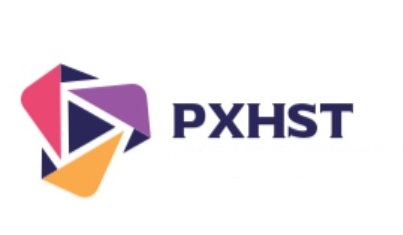Introduction
In today’s digital age, organizations face a myriad of security challenges, among which insider threats stand out due to their potential for significant damage. Insider threats involve malicious or unintentional actions by employees, contractors, or other individuals with legitimate access to an organization’s resources. Ethical hacking, a proactive security practice, has emerged as a vital tool in mitigating these threats by identifying and addressing vulnerabilities before they can be exploited.
Understanding Insider Threats
Definition
Insider threats refer to risks posed by individuals within an organization who misuse their access to compromise the organization’s security. These threats can manifest as data theft, sabotage, or accidental data leaks, often resulting from negligence or malicious intent.
Types of Insider Threats
- Malicious Insiders: Employees who intentionally exploit their access for personal gain or to cause harm to the organization.
- Negligent Insiders: Individuals who inadvertently create security vulnerabilities through careless actions, such as weak password practices or falling for phishing scams.
- Compromised Insiders: Employees whose credentials have been stolen or compromised, allowing external attackers to gain unauthorized access.
What is Ethical Hacking
Definition
Ethical hacking involves the same tools, techniques, and processes that malicious hackers use, but with the intent of improving an organization’s security. Ethical hackers, also known as white-hat hackers, are authorized to probe systems for vulnerabilities, ensuring that potential weaknesses are addressed before they can be exploited.
Methods Used
- Penetration Testing: Simulating cyberattacks to identify and fix security gaps in systems, networks, and applications.
- Vulnerability Assessments: Systematically scanning for vulnerabilities across an organization’s infrastructure.
- Social Engineering: Testing human factors by attempting to manipulate individuals into revealing confidential information or performing actions that compromise security.
The Role of Ethical Hacking in Mitigating Insider Threats
Identifying Vulnerabilities
Ethical hackers assess an organization’s security measures to uncover vulnerabilities that insiders could exploit. By conducting thorough security tests, they help pinpoint weaknesses in systems, processes, and human factors that could be leveraged by malicious insiders.
Simulating Insider Attacks
Through simulated insider attacks, ethical hackers mimic the actions of potential malicious insiders to test the organization’s defenses. This proactive approach allows organizations to evaluate their readiness and identify areas needing improvement to prevent real insider attacks.
Strengthening Security Measures
Based on the findings from ethical hacking activities, organizations can implement enhanced security protocols, such as stricter access controls, improved monitoring systems, and comprehensive employee training programs. These measures collectively fortify the organization against both intentional and unintentional insider threats.
Benefits of Ethical Hacking Against Insider Threats
Proactive Defense
Ethical hacking enables organizations to take a proactive stance against insider threats by identifying and addressing potential security gaps before they are exploited. This anticipatory approach reduces the likelihood of successful insider attacks and minimizes their potential impact.
Improved Security Awareness
Engaging ethical hackers can raise awareness about security best practices among employees. Through the identification of vulnerabilities and the demonstration of potential attack scenarios, ethical hacking fosters a culture of security consciousness within the organization.
Compliance and Risk Management
Many industries require stringent security measures to comply with regulations and standards. Ethical hacking helps organizations meet these requirements by ensuring robust security protocols are in place, thereby reducing risks associated with insider threats and maintaining regulatory compliance.
Best Practices for Implementing Ethical Hacking
Employee Training
Regular training sessions can educate employees about the importance of security practices and the role they play in preventing insider threats. Training helps in creating a vigilant workforce that is less likely to fall victim to social engineering attacks or make careless security mistakes.
Regular Security Assessments
Conducting periodic security assessments through ethical hacking ensures that security measures evolve alongside emerging threats. Continuous evaluation helps in maintaining a robust security posture and adapting to new challenges posed by insider threats.
Collaboration Between Teams
A collaborative approach between ethical hackers, IT teams, and management ensures that security findings are effectively addressed. By working together, organizations can implement comprehensive security strategies that mitigate insider threats and enhance overall security resilience.
Conclusion
Insider threats pose a significant risk to organizations, often going unnoticed until substantial damage occurs. Ethical hacking serves as a critical defense mechanism by proactively identifying and addressing vulnerabilities, simulating insider attacks, and strengthening security measures. By integrating ethical hacking into their security strategies, organizations can effectively safeguard against insider threats, ensuring the protection of their assets, data, and reputation.

